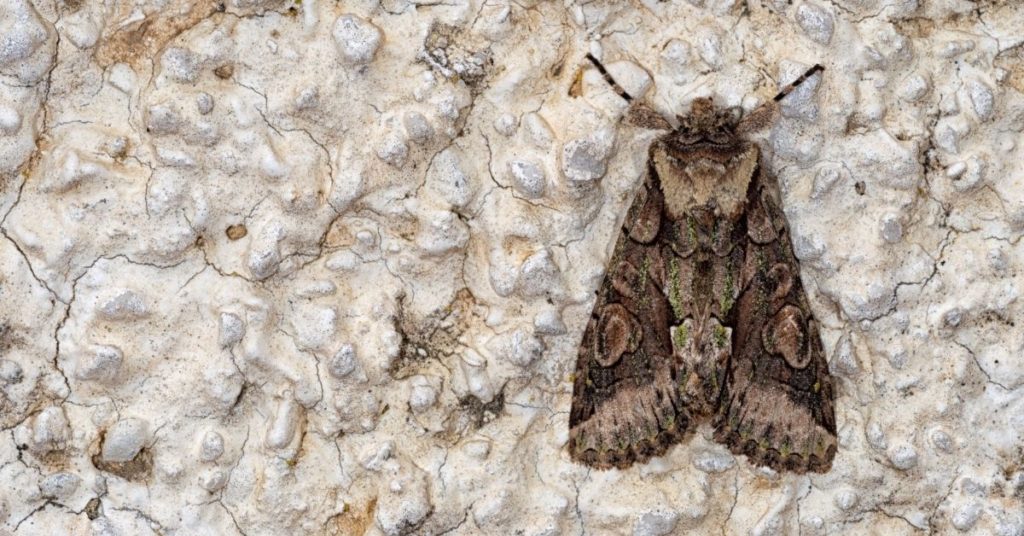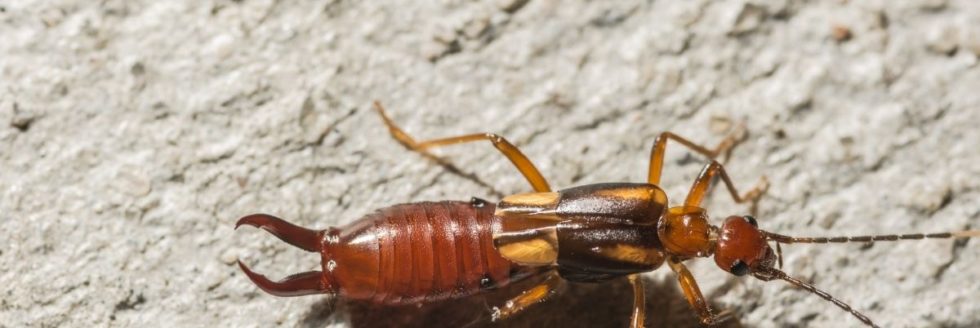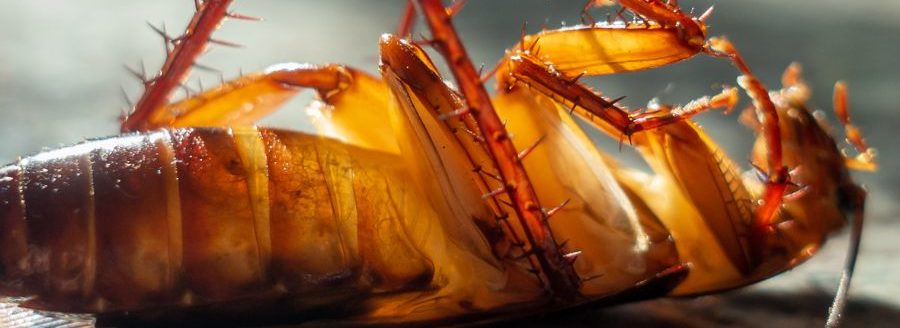Moth Pest Control in Charlotte: Identification & Prevention

Unlike other pests, moths are generally harmless. However, if you have a moth infestation in your home, these winged insects can be more than a slight nuisance. Not only can they disrupt your daily routine, but they can do some damage to household items. A moth infestation needs to be eliminated as quickly as possible to mitigate the potential dangers and annoyances these pests create. This blog will help you identify the infestation and provide tips on how to handle it.
What is a Moth?
A moth belongs to the Lepidopteran family, which includes butterflies and skippers. There are roughly 160,000 unique species of moths worldwide, although there are “only” a few thousand varieties in the Carolinas.
Moths are mostly nocturnal creatures, meaning that they are active at night. These insects have a relatively large wingspan (some moths can grow to over a foot wide), dull coloring, and dust-like scales that can flake off when the moth is handled. As with all Lepidopterans, moths have four stages of their life cycle, including eggs, larvae, pupa, and adult. Moths are pretty sensitive to the cold, so they need to seek shelter during winter, and they’re most active during spring and summer.
Where Do Moths Live?
Although we all know how a moth is drawn to light, the species actually prefers dark areas like attics, closets, and pantries. Because they don’t mate or lay their eggs out in the open, it’s hard to spot an infestation before it grows out of control.
What Do Moths Eat?
Depending on where a moth is in its lifecycle, what it likes to eat can change. Adult moths mostly eat plant nectar, but that’s only if they can eat at all. Some moth species have no mouths, existing only to breed a new generation. The moths that can eat don’t chew anything, using a long proboscis to get their food instead.
However, moth larvae (aka caterpillars) are voracious eaters that can consume virtually anything close by. In the wild, moths will lay eggs on a plant so that the caterpillars can chew on it while evading predators. In your home, larvae can feast on everything from clothing to paper to dust to wood, which is why they can be so pesky and destructive. Since moths can lay between 50 and 400+ eggs at a time, that’s a lot of mouths that can destroy your property.
Are Moths Dangerous?
No, moths are not dangerous. Unlike other pests like rats or cockroaches, moths are mostly harmless. However, an infestation can cause various problems, including:
- Property Damage – As we mentioned, caterpillars will consume virtually anything they come across (especially dust).
- Allergic Reactions – Since moths are covered in dust-like scales, they can leave deposits everywhere, which can trigger allergies in those with sensitive noses.
- Skin Reactions – Although moth caterpillars won’t bite you or your family, some species can sting, often leaving an itchy red mark afterward.
- Food Contamination – Pantry moths like to nest in your pantry, thanks to its abundance of food. The larvae will get into most packaging and start eating everything, contaminating your food.
What Causes a Moth Infestation?
Typically, there are two ways that moths can get into the home and start breeding. First, if they’re attracted to your lights at night, they can slip in through window or door cracks. Once inside, they may not be able to get out, so they find a dark spot to lay eggs.
The other reason for moth infestations is that they can smell food. Pantry moths are attracted to dried grains, while clothing moths are drawn to textiles and fabrics, knowing that their larvae will eat them.
Signs of a Moth Infestation
Unfortunately, you likely won’t notice moths until it’s too late since they hide during the day and infest dark corners of the house, out of sight. Here are some warning signs, though:
- Holes in Clothing – If you start seeing holes in cotton and wool clothing, chances are that there are caterpillars or pupa nearby.
- Tiny Tubes on Fabric – These small casings are eggs, although the larvae may not be inside.
- Adult Moths – If you keep noticing moths flying around indoors, chances are that there are more of them.
How to Remove a Moth Infestation
Left unchecked, moth infestations can lead to more significant damage and nuisance to you and your family. Here are some top tips on how to remove these insects once and for all:
- Use Cedar Spray or Wood – Cedar has a strong scent that repels moths, and it smells better than mothballs. Place cedar planks (or spray diluted cedar oil) in areas where moths thrive, such as closets, pantries, and attics.
- Use Sticky Traps – A tape trap can snag a moth and prevent it from flying off, so it’ll die before it can mate or lay eggs. Place these traps in areas where moths congregate or near a light source.
- Spray Larvae and Eggs with Vinegar and Water – Mix these two ingredients and spray the concoction over the eggs to kill them.
- Call the Professionals – If you can’t seem to get rid of moths yourself, let Carolina Pest Management handle them for you. We’ll do a full sweep of your home and eradicate these pests before they spread further. Professional pest control not only removes current moths but can help prevent them from coming back. So, if you want to be sure that moths won’t be a problem again, calling us can offer better peace of mind.
Moth Prevention in Charlotte
The best way to remove an infestation is to stop it before it begins. The best way to prevent moths is to clean areas where they thrive, such as dark corners and crawl spaces. Vacuuming these areas regularly can remove dust that attracts the moths and any eggs or larvae that may be present. Cedar can also prevent moths from taking hold, so you can leave the wooden planks for long-term prevention.
Contact Carolina Pest Management
Whether your home has moths or some other pesky insect, Carolina Pest is here to help. We’ll identify the problem and determine the best method of eradication. Better yet, we’ll develop a prevention schedule to keep the pests from coming back. Call us today for a consultation and to set a home visit appointment.


